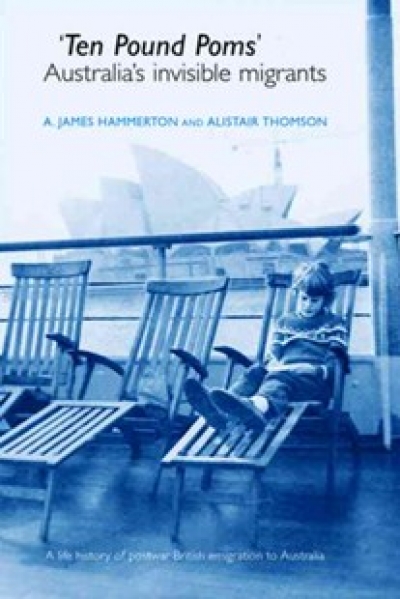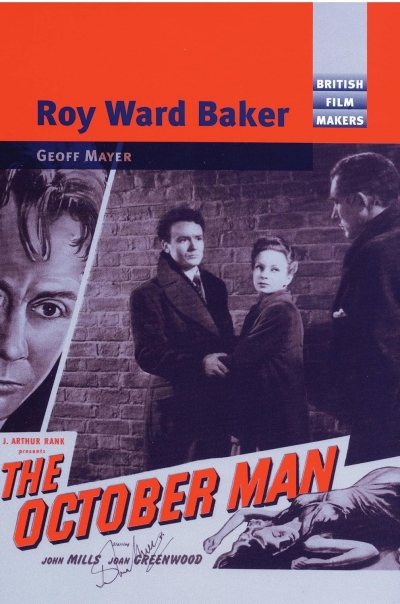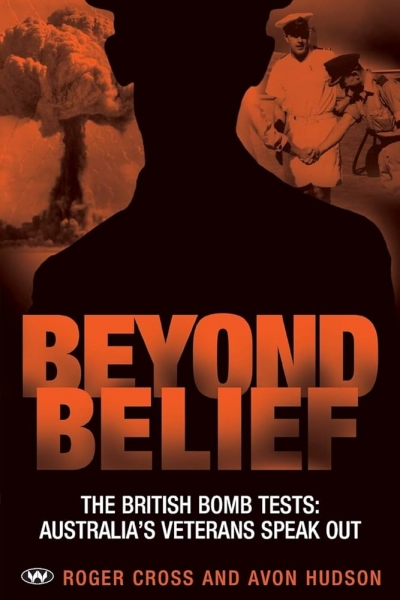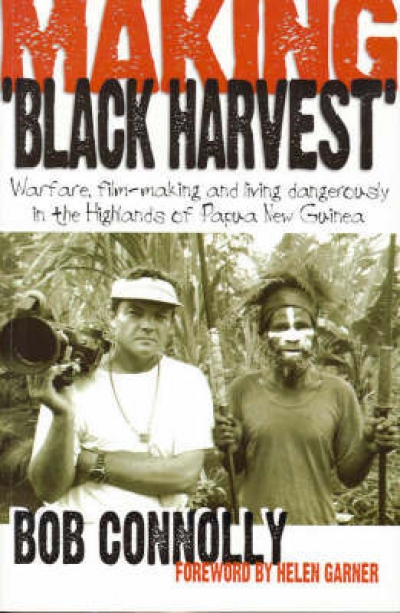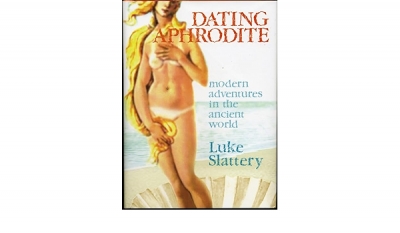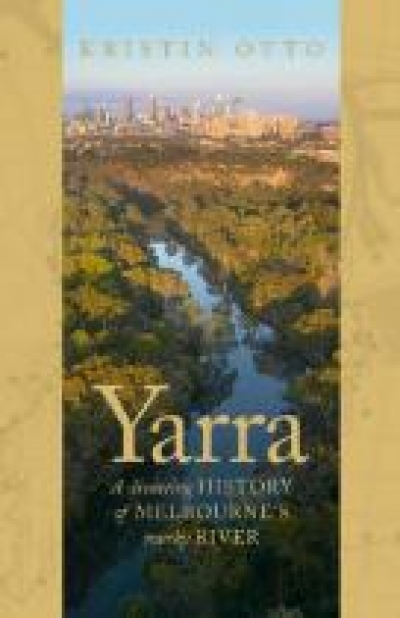Review
There, Where the Pepper Grows by Bem Le Hunte & Behind the Moon by Hsu-Ming Teo
by Lisa Gorton •
The Cambridge Companion to American Modernism by Walter Kalaidjian
by Heather Neilson •
Ten Pound Poms: Australia’s invisible migrants by A. James Hammerton and Alistair Thomson
by Mark Peel •
Beyond belief: The British bomb tests: Australia’s veterans speak out by Roger Cross and Avon Hudson
by Wayne Reynolds •
Picturesque Pursuits: Colonial women artists and the amateur tradition by Caroline Jordan
by Sarah Russell Scott •
Making ‘Black Harvest’: Warfare, filmmaking and living dangerously in the highlands of Papua New Guinea by Bob Connolly
by Sarah Kanowski •
The Cinema of Britain and Ireland edited by Brian McFarlane
by Richard Johnstone •
Dating Aphrodite: Modern adventures in the ancient world by Luke Slattery
by Peter Steele •
Yarra by Kristin Otto & The Vision Splendid by Richard Waterhouse
by Mark McKenna •



